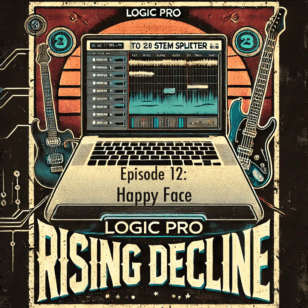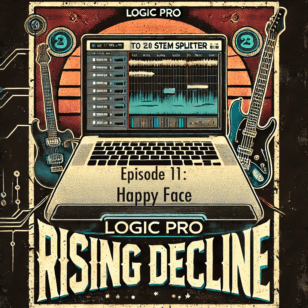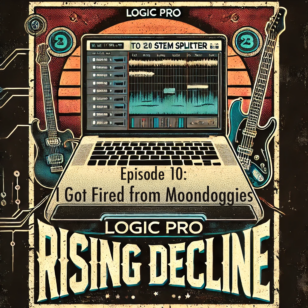The flipped classroom is a new(er) model for how students spend time learning. Typical classwork, like lectures, are consumed at home, while typical homework, like worksheets and projects, are completed in class. If you ignore the trendiness of it, a flipped classroom (aka blended learning) is a great way to deliver content to students at their own pace. And that’s all I’m going to say about the flipped classroom. If you want to read more, look at this infographic, or read more here and here.
Now, imagine if we could apply this model to professional development. Imagine if we could spend all of those hours of staff meetings doing what we want. No more day-long staff meeting. No more week-long trainings. While the content of those is important, how teachers ingest that knowledge can be flipped.
@chrisbell found a great quote about blended learning (aka flipped classroom) from Michael Horn:
the overriding reason to adopt a blended-learning school isn’t because of its cost savings, but instead because of the benefits for students that can result.
If we apply this to professional development, teachers (not students) are going to benefit. Teachers will feel more empowered to take control of their professional development. Teachers will have more choices over how to develop professionally.
Sometimes, though, teachers will need to watch a specific video and discuss it. This is not the end of the staff meeting. Rather, administrators can deliver the content through video, and use staff meeting time to discuss issues, just as a teacher would do with a lesson. This would respect everyone’s time more, and begin to create more of a culture of collaboration.
This seems to be the next logical step in flipping/blending education. Ed Tech Moment launched in December 2011 (which I helped co-found), providing teachers with five-minute tech tutorials. Flip-Lab launched January 2012, providing workshops to teachers. The Infinite Thinking Machine re-launched in April 2012, showcasing innovative teachers.
If you are an administrator, try incorporating the flipped learning model in your staff meetings. Teachers are already doing this on their own, with sites like Twitter and Pinterest. Formalize it, and make it part of your school’s culture. It’s already changing classrooms, and it will change your school.



